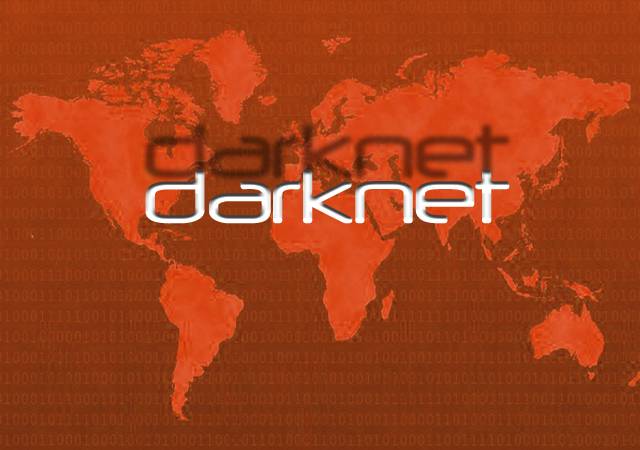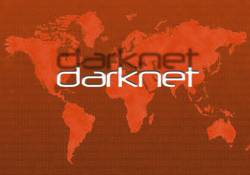Join Our Telegram channel to stay up to date on breaking news coverage
NEW YORK (InsideBitcoins) — In the days following the shutdown of Silk Road 2.0, many people were speculating as to whether or not Tor — the software and network that allows anonymous online access — was broken by the FBI. Law enforcement agencies around the world were claiming that they had taken down 414 darknet websites, and they also claimed that criminals should not feel safe when they are operating on various anonymizing networks. Roughly one month later, it seems clear that Operation Onymous was not the large, rousing success that it was originally made out to be.
Silk Road 2.0 and what else?
Before getting into greater detail about the kinds of sites that were shut down in this operation, it’s important to note the large number of revisions that took place when it comes to the total number of onion sites seized by law enforcement. As mentioned above, the original number was 414, but that number eventually came down to just over two dozen. Needless to say, Silk Road 2.0 was by far the most popular darknet website included in the list of seized domains.
While Silk Road 2.0 is a well-known name in the media, there weren’t many other notable takedowns included in Operation Onymous. In fact, a small group of security researchers found that a majority of the seized websites were clone, scam, or phishing sites. In other words, that original number of sites taken down included various clones and fake versions of the base two-dozen onion sites. The same sites were basically being counted multiple times.
In total, 17 people were arrested as a result of Operation Onymous. Whether or not this should be viewed as a huge accomplishment in a dark economy with hundreds of thousands of participants is up for debate.
The largest darknet marketplaces are still online
It’s also interesting to note that Silk Road 2.0 was not the largest darknet marketplace at the time of its seizure. That honor is reserved for Evolution, and Agora is another marketplace that wasn’t too far behind Silk Road 2.0 in terms of vendors. These new operations use enhanced features, such as multisig transactions, and are much more secure and professional than Silk Road 2.0 overall. It should also be remembered that Silk Road 2.0 had an informant on its staff from the very beginning.
While various law enforcement agencies seem proud of their Silk Road 2.0 takedown, the fact of the matter is that the largest darknet marketplaces for drugs, guns, stolen credit card numbers and child pornography are still online.
OpenBazaar right around the corner
If there is a lesson to be taken from Operation Onymous, it seems to be that law enforcement agencies are stuck using traditional tactics for taking down darknet marketplaces rather than relying on some possible backdoor in Tor. Just as law enforcement was closing in on Silk Road 2.0, more secure options, such as Evolution and Agora, were already widely used by interested parties.
In the near future, the cost of taking down an online drug marketplace will become even greater as technologies, such as OpenBazaar, create a situation where individual vendors must be targeted instead of a single, large Tor hidden service. Law enforcement agencies are definitely facing an uphill battle when it comes to controlling darknet markets.
You can follow @kyletorpey on Twitter.
Join Our Telegram channel to stay up to date on breaking news coverage


